Raphael at the National Gallery: this ‘exhilarating’ show is a ‘revelation’
Even the most grudging critics will be left in no doubt: this is a ‘superlative’ event
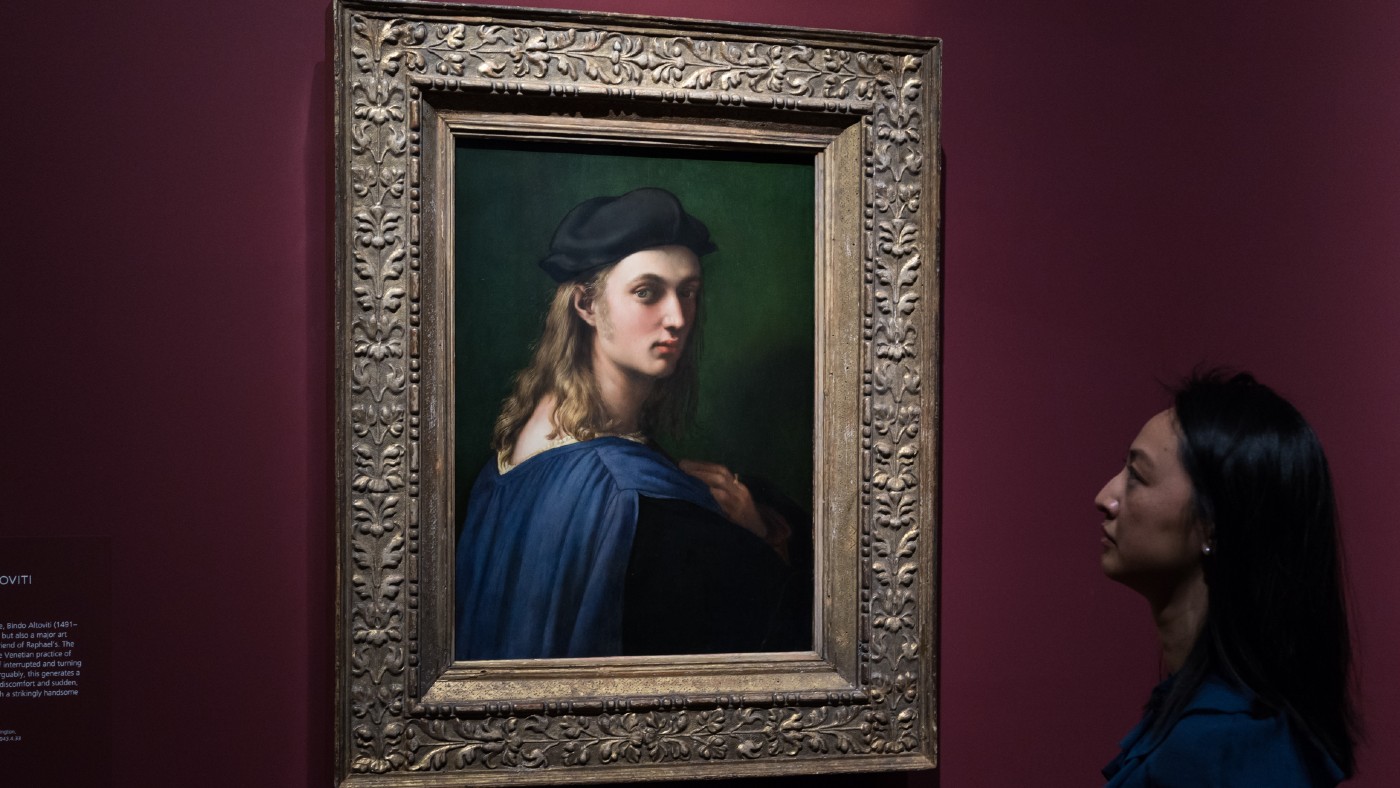
Over the past half century, the art of Raphael has rather fallen out of fashion, said Alastair Sooke in The Daily Telegraph. Latter-day critics “carp” that his work is simply “too perfect”; his flawless “grace and harmony” is at odds with the prevailing modernist tradition. Yet as this “stirring” exhibition at the National Gallery demonstrates, the time has come to reappraise this “preternaturally productive” exemplar of the Italian Renaissance.
The show investigates the full scope of Raphael’s career, from his early life as an orphan in the city of Urbino to his death at the age of 37 in 1520 – as a result of too much sex, according to Vasari. Bringing together 89 masterpieces from collections all over the world, it shows off Raphael’s talents as a “printmaker, architect, archaeologist and designer”, but first and foremost, as a painter of unparalleled skill. It is a thrilling display of “classy, grown-up, sophisticated art” that feels “authoritative” throughout. Even the most grudging critics will be left in no doubt: this is a “superlative” event, and Raphael was “very, very good”.
Raphael was a prodigy, agreed Nancy Durrant in the London Evening Standard. An “accomplished” sketch, drawn when he was just 15 and thought to be a self-portrait, shows why he was considered a master well before his 20th birthday. He ended up in Rome, where he became a favourite of two successive popes, inspiring admiration and jealousy – notably from Michelangelo – in equal measure. You can see why: the “onslaught of beauty” here is “almost too much to bear”.
The Week
Escape your echo chamber. Get the facts behind the news, plus analysis from multiple perspectives.

Sign up for The Week's Free Newsletters
From our morning news briefing to a weekly Good News Newsletter, get the best of The Week delivered directly to your inbox.
From our morning news briefing to a weekly Good News Newsletter, get the best of The Week delivered directly to your inbox.
What’s immediately apparent is that Raphael “really, really appreciated women”: numerous depictions of the Madonna and child (a speciality), evidence his “unique ability to capture the emotional relationship” between mother and infant. Altogether less virtuously, his “magnificently suggestive” La Fornarina, a bare-breasted portrait thought to depict his lover, suggests “that the hands of the man who painted it had already been everywhere the paintbrush went”. “There’s only one let-down” in this long-awaited blockbuster show, “and it’s hardly the fault of the curators.” For obvious reasons, his architecture is hard to represent, though you can see a “beautifully made and evocative video” about it in a “cramped side room”.
At times, Raphael’s paintings can seem a little “absurd”, said Laura Cumming in The Observer. His vision of Saint Catherine of Alexandria, for instance, sees her unperturbed and “bafflingly serene” as she leans against a wheel, a symbol of the “horrific torture she endured”. But this wonderful collection of masterpieces allows you to see his full range, not just the flawless Raphael of myth.
A portrait of his friend Bindo Altoviti sees him turning over his shoulder to meet our gaze, his “downy sideburns descending almost to his jaw”; it’s hard to think of a portrait “more tactile, irresistibly calling on the sense of touch”. Another highlight is a likeness of his friend, the courtier and diplomat Baldassare Castiglione, a work of dazzling “immediacy” that radiates its subject’s “intelligence and sensitivity”. Perhaps most startling of all is Raphael’s final self-portrait, in which the bearded painter stands beside a fellow artist who gestures towards an unseen mirror, “as if looking to the future, at themselves and also us”. This “exhilarating” show is a “revelation”.
National Gallery, London WC2 (nationalgallery.org.uk). Until 31 July
A free daily email with the biggest news stories of the day – and the best features from TheWeek.com
-
 What role will Trump play in the battle over Warner Bros. Discovery?
What role will Trump play in the battle over Warner Bros. Discovery?Today’s Big Question Netflix and Paramount fight for the president’s approval
-
 ‘The menu’s other highlights smack of the surreal’
‘The menu’s other highlights smack of the surreal’Instant Opinion Opinion, comment and editorials of the day
-
 Education: More Americans say college isn’t worth it
Education: More Americans say college isn’t worth itfeature College is costly and job prospects are vanishing
-
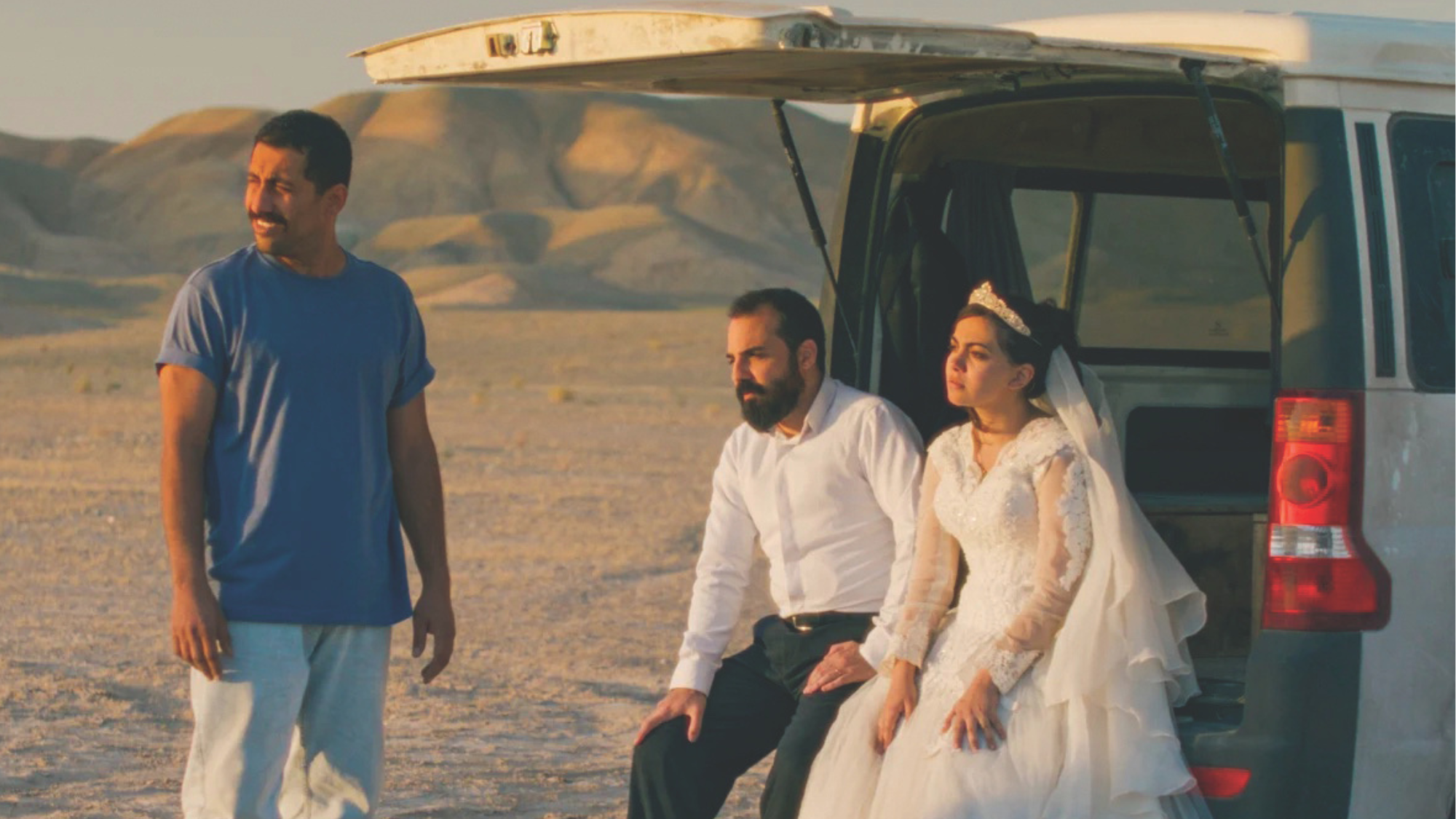 It Was Just an Accident: a ‘striking’ attack on the Iranian regime
It Was Just an Accident: a ‘striking’ attack on the Iranian regimeThe Week Recommends Jafar Panahi’s furious Palme d’Or-winning revenge thriller was made in secret
-
 Singin’ in the Rain: fun Christmas show is ‘pure bottled sunshine’
Singin’ in the Rain: fun Christmas show is ‘pure bottled sunshine’The Week Recommends Raz Shaw’s take on the classic musical is ‘gloriously cheering’
-
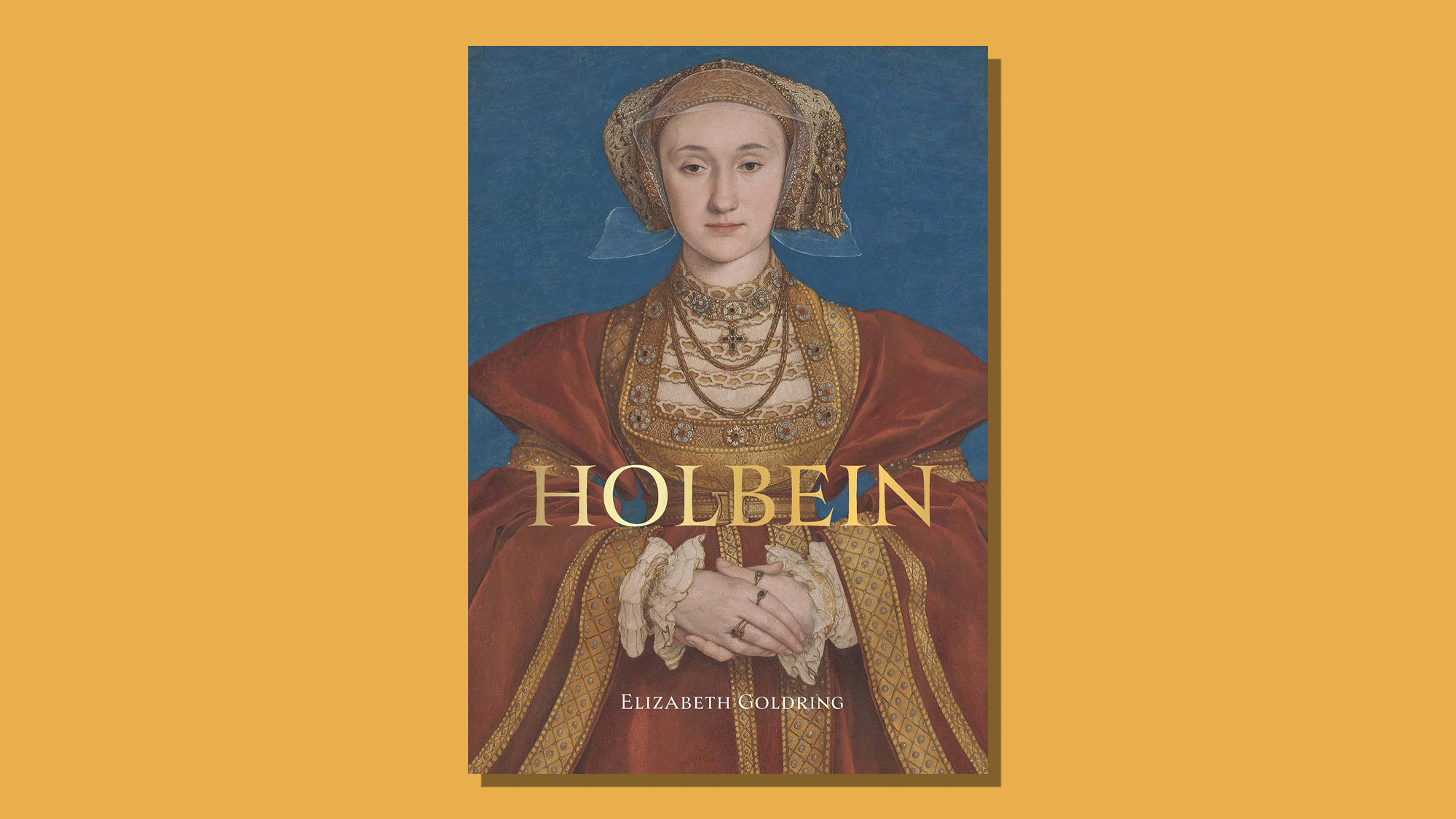 Holbein: ‘a superb and groundbreaking biography’
Holbein: ‘a superb and groundbreaking biography’The Week Recommends Elizabeth Goldring’s ‘definitive account’ brings the German artist ‘vividly to life’
-
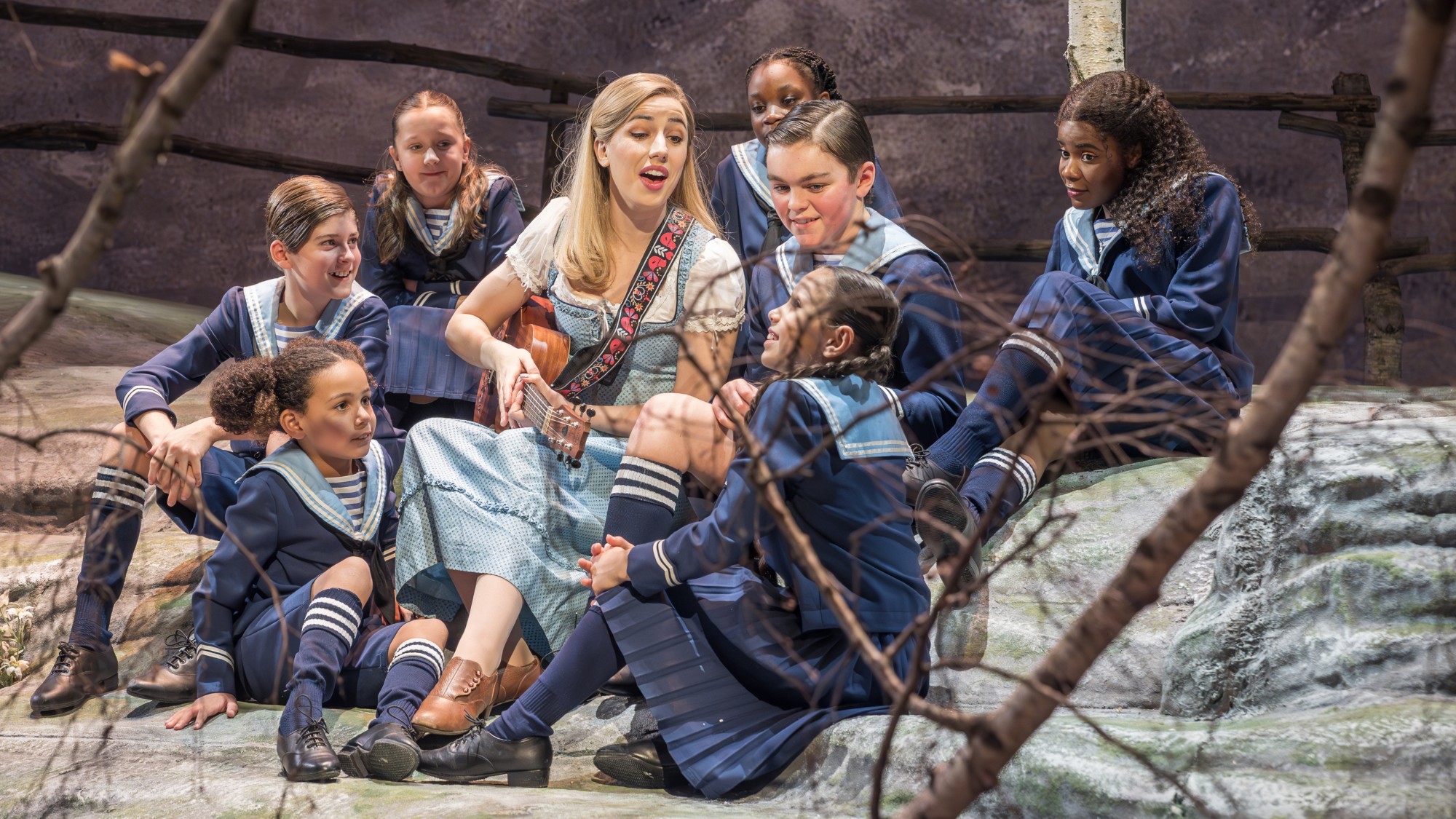 The Sound of Music: a ‘richly entertaining’ festive treat
The Sound of Music: a ‘richly entertaining’ festive treatThe Week Recommends Nikolai Foster’s captivating and beautifully designed revival ‘ripples with feeling’
-
 ‘Furious Minds: The Making of the MAGA New Right’ by Laura K. Field and ‘The Dream Factory: London’s First Playhouse and the Making of William Shakespeare’ by Daniel Swift
‘Furious Minds: The Making of the MAGA New Right’ by Laura K. Field and ‘The Dream Factory: London’s First Playhouse and the Making of William Shakespeare’ by Daniel SwiftFeature An insider’s POV on the GOP and the untold story of Shakespeare’s first theater
-
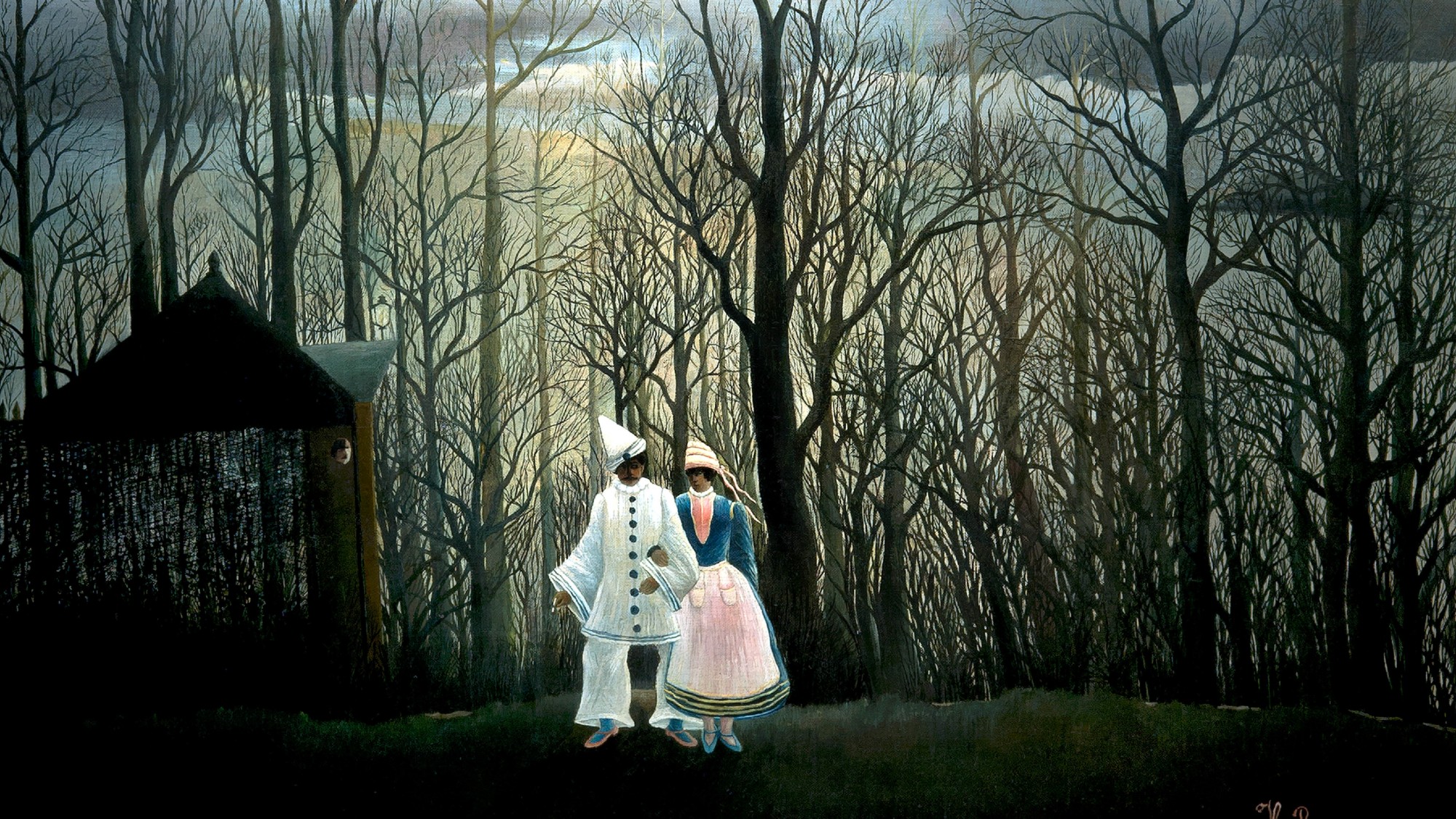 Henri Rousseau: A Painter’s Secrets
Henri Rousseau: A Painter’s Secretsfeature Barnes Foundation, Philadelphia, through Feb. 22
-
 Homes with great fireplaces
Homes with great fireplacesFeature Featuring a suspended fireplace in Washington and two-sided Parisian fireplace in Florida
-
 Film reviews: ‘The Secret Agent’ and ‘Zootopia 2’
Film reviews: ‘The Secret Agent’ and ‘Zootopia 2’Feature A Brazilian man living in a brutal era seeks answers and survival and Judy and Nick fight again for animal justice
